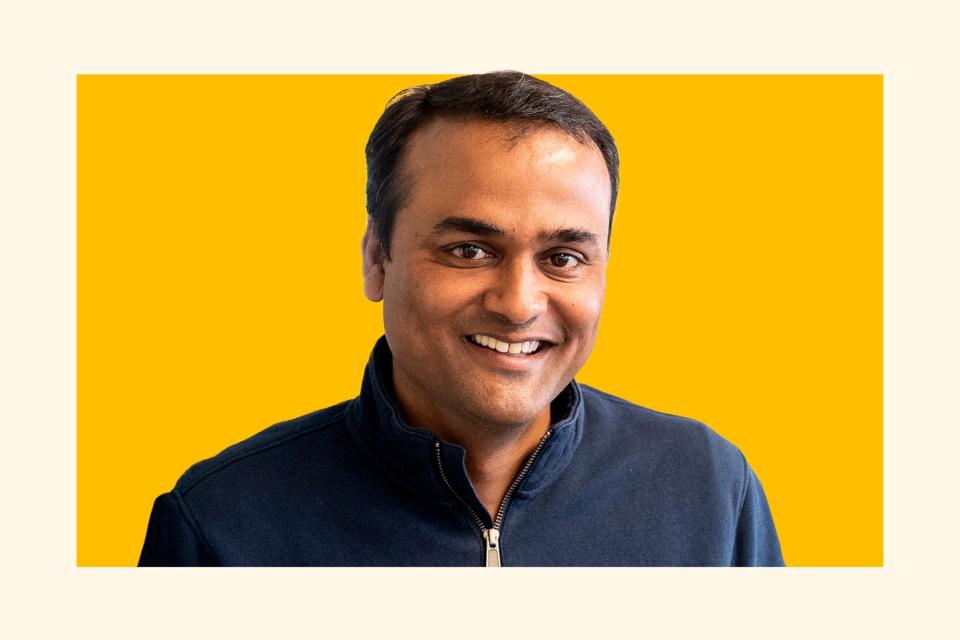DoorDash’s CFO on the company’s Fortune 500 debut: ‘Our goal wasn’t to build a food delivery business’

Good morning. DoorDash debuted on the Fortune 500 this year (No. 443), clocking in at $8.6 billion in revenue and with its monthly active user base soaring to more than 37 million by the end of 2023. What’s behind that momentum?
“We have three customers: consumers, merchants, and Dashers,” CFO Ravi Inukonda told me. “When we first started, our goal wasn’t to build a food delivery business. The goal was to build a local commerce business.”
But DoorDash quickly noticed that food delivery was a high-frequency use case, with people generally eating three times a day—or 100 times a month. That led to the company building out two strong networks: a “very powerful delivery network,” and one for consumers, Inukonda explained. After beginning in the U.S., where it now has over 60% of the food-delivery market share, DoorDash can be found in over 30 countries.
The company, founded in 2013, has been adding categories like groceries, alcohol, and retail, with partners such as Sephora, Ulta, Walgreens, Albertsons Companies, and Eataly. As of Q4 2023, over 7 million consumers are ordering in grocery each month, which is 20% of DoorDash's overall user base.
“Our goal is, How do you help consumers discover the best of your local neighborhood?” Inukonda said. And consumers want more selection and affordability, he said.
About half of DoorDash customers have subscribed to DashPass, which costs $9.99 per month or $96 per year but waives all delivery fees, saving customers over $10 billion globally since 2018, according to the company. Fees for non-DashPass members have been reduced by 12%. And, last year, DoorDash began accepting SNAP/EBT payments from grocery store partners with more than 4,000 combined U.S. locations.
During the COVID pandemic, Inukonda told me, DoorDash worked to strengthen partnerships with local food merchants and helped build out their e-commerce platforms, and that has now extended to other categories like retail. “Our partnership with merchants has truly been transformational in how we’ve grown as a business," he said.
Every quarter, everyone on the firm's leadership team spends a day with merchants. Last quarter, Inukonda said he spent time in a Philadelphia restaurant, working in the kitchen and serving food. “It helps us understand the merchants’ pain points,” he added. The leadership team also spends one day per quarter as a "Dasher," a driver for DoorDash.
Inukonda, who became CFO in March 2023 and has now been with the company for about six years, also pointed to DoorDash's use of technology. “We're very proud of having built a very efficient logistics engine that's been powered by machine learning for the past 10 years,” he said. The company is also developing an AI voice-ordering product. “We’re slowly starting to roll that out; we’re early on the journey," Inukonda said.
Sheryl Estrada
sheryl.estrada@fortune.com
This story was originally featured on Fortune.com

 Yahoo Finance
Yahoo Finance 